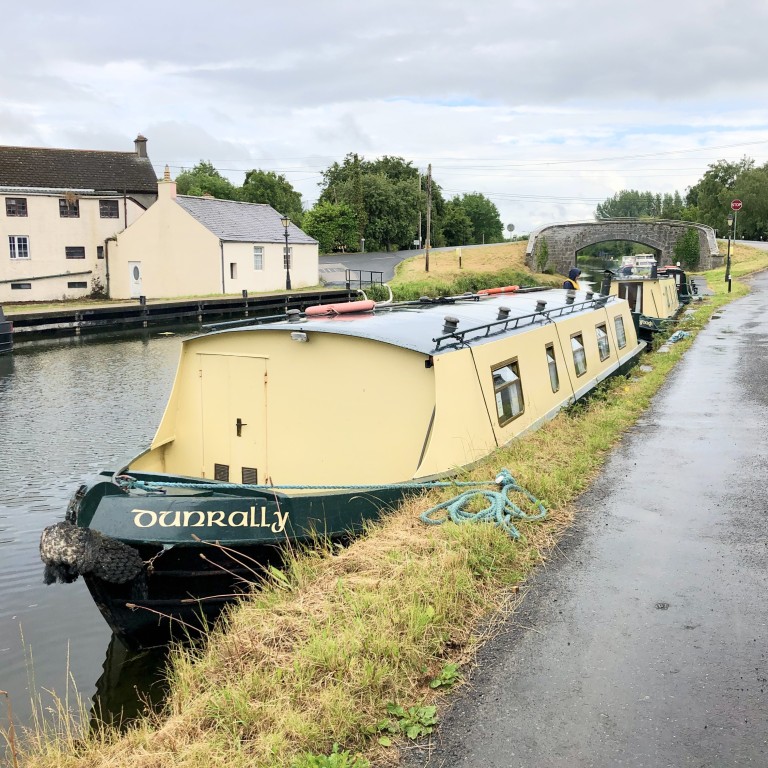
Why canal cruising through rural Ireland is a journey through time as much as space – and there’s no such thing as too slow
- The difficulty of piloting a 50-foot-long vessel along narrow canals and through locks is compensated for by the beautiful rural Irish countryside
- Cosy 18th century pubs welcome at the end of a day, while shops and restaurants give the impression you’ve been transported back to the 1970s
The taxi from Athy, southwest of Dublin, drops us at the tiny village of Vicarstown, in Ireland’s County Laois, where, below the canal bridge, several long, narrow boats are moored side by side like pencils in a box.
It is late in the afternoon after a long day of travelling, but Philip Crean, of Barrowline Cruisers, gives our family of four an introduction to the operation of the simple controls, and to the basic rules and courtesies of canal cruising.
Here is the control for the pump that drains the shower, and there is the hatch giving access to a little handle for greasing the propeller shaft at the end of the day. We must keep right when passing other boats, but otherwise cruise down the middle of the canal.
“But if you meet one boat in the week, that’s all it will be,” he says.
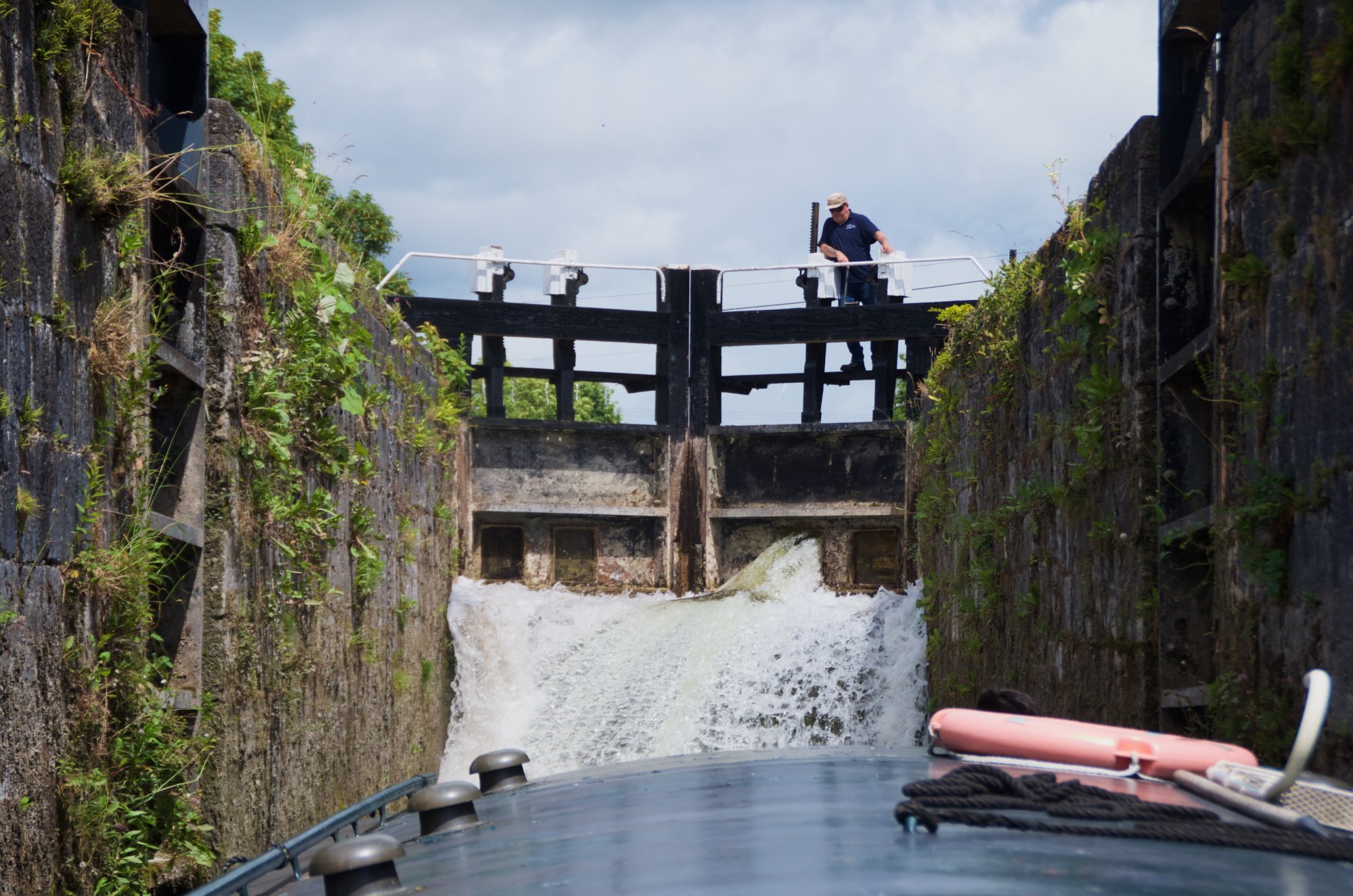
This is an early indication of how different narrow boating will be in Ireland from in England, where, in summertime, long queues sometimes form at flights of locks.
Barrowline is the largest operator on Ireland’s Grand Canal, yet has merely four boats, and only two of those are operating this season.
Ours might now be moved by diesel rather than horsepower, and the interior tidily fitted with every modern convenience, including central heating and a hot shower, but the long exterior, stretching 50 feet (15 metres) ahead from the tiller on the small deck in the stern, is close in style to that of the boats of 1791, when this section of canal was completed. And the waterway itself and its creaking lock mechanisms are largely original.
The Peninsula London: inside the new UK hotel with Hong Kong touches
Crean completes the briefing, hands over a guidebook and a manual of useful instructions, and we are on our own, chugging gently at the speed limit of 6km/h (3.7mph) through cow-dotted early evening countryside, suddenly two centuries back in time.
The canals of Britain, which included Ireland at the time of their construction, are rather secretive, mainly snaking around the contour lines of hilly green countryside or sunk into rich meadows and overhung with trees.
Built mainly during two periods of rapid development in the late 18th and early 19th centuries, they were soon superseded by railways and roads, although improvements were still being made to some of them as late as the 1930s.
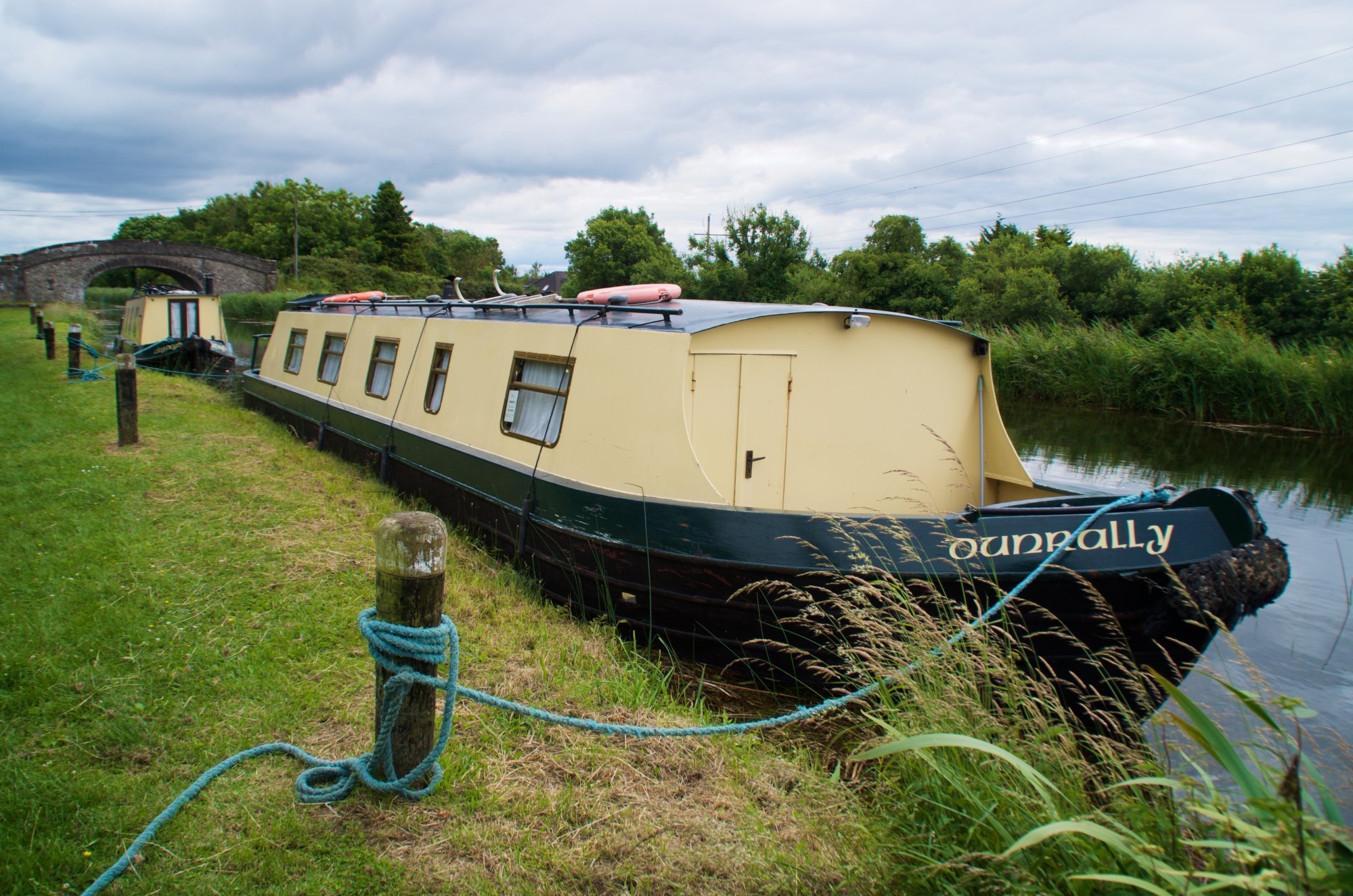
Ireland’s Grand Canal, conceived as a 127km (79-mile) link between Dublin, on the east coast, and Shannon, on the west, was sanctioned by an Act of Parliament in 1715, although it was 1756 before actual construction began.
In England, the canals were the highways of their heyday, and much infrastructure was built facing the water rather than any nearby roads. But our journey up the Barrow Line, a southward extension to the Grand Canal completed even before the main line reached Shannon, is through a soothing tunnel of greenery crossing thinly populated country, offering only the occasional glimpse of a farmhouse.
Although of necessity we follow the strip of water ahead, there is a real sense of exploration, and of being alone.
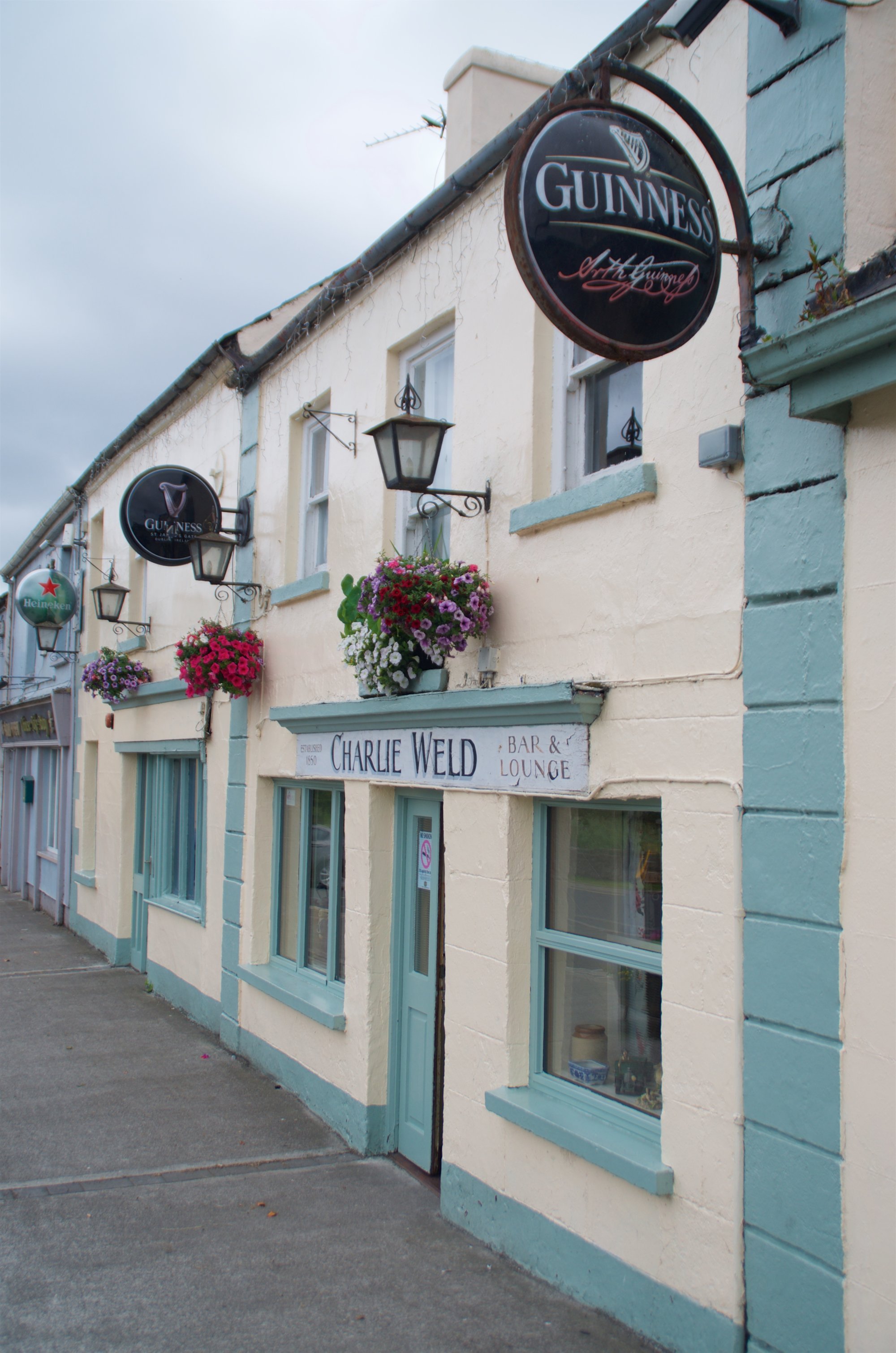
Much of the canal’s original traffic carried the ingredients for Guinness and Irish whiskey, and the finished products.
Turf, agricultural produce and building materials went towards Dublin. Manure, coal and other merchandise went the other way. But there were also passenger services until the 1850s, and Dublin might be reached from Vicarstown in only 12 hours, astonishingly fast for the time, although it is less than an hour by train from nearby Athy today.
Standard narrow boats are six foot, 10 inches wide, and our 10-foot-wide barge seems like a whale in comparison, although correspondingly roomy inside. The spaces under the arched bridges of brick also appear generous, but are actually narrower at water level due to the towpaths on either side.
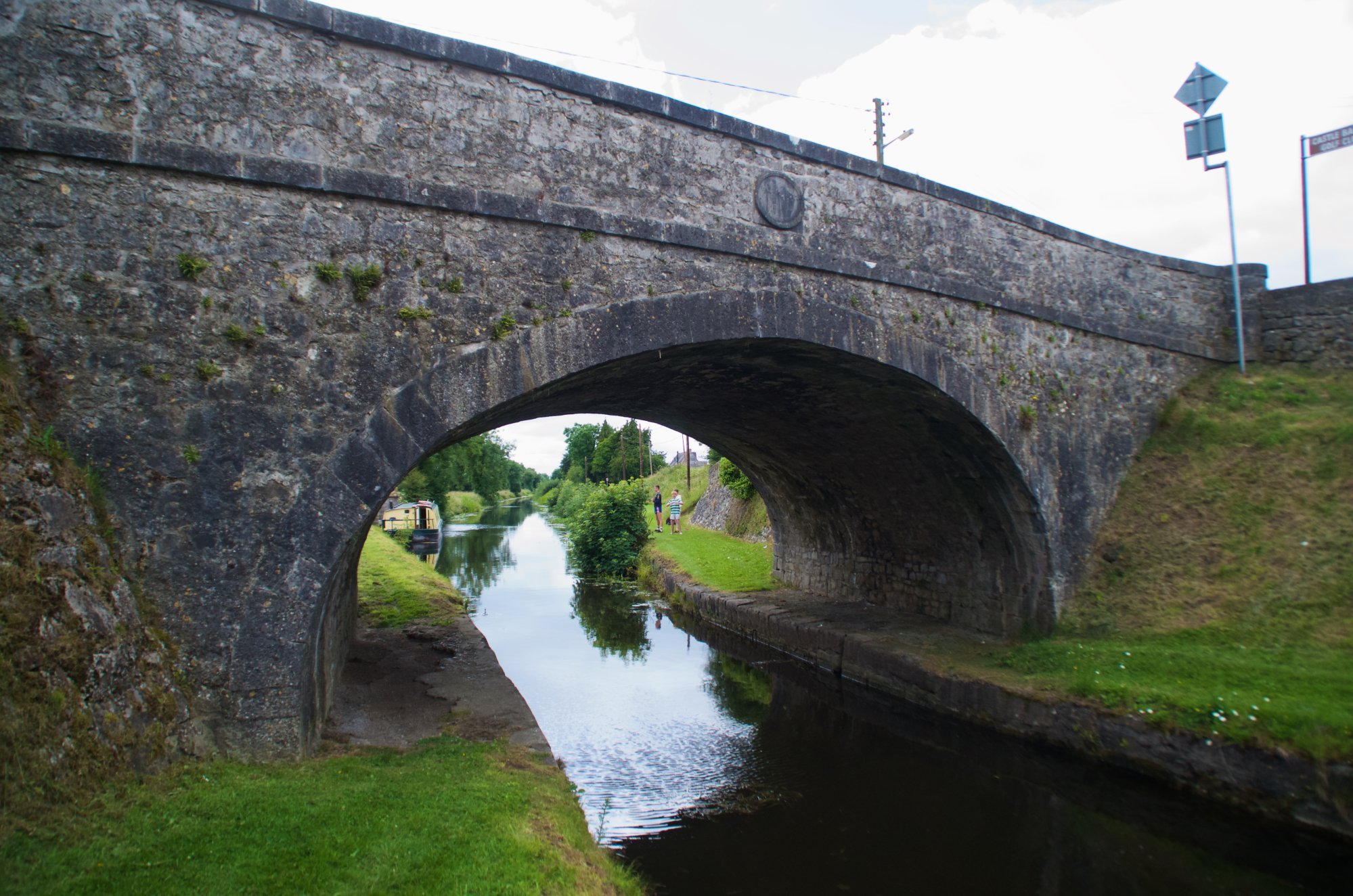
As at the locks, the available space is only inches wider than the boat, and inserting it is like fitting a finger into a glove.
The first evening we moor incompetently at the dock by humpbacked Fisherstown Bridge, glad that no one is watching, and stroll down a deserted lane in the birdsong-filled early evening to a crossroads with a mere huddle of houses.
The gaily painted Fishermans Thatched Inn is likely older than the canal itself, its cosy interior filled with Toby jugs and other bric-a-brac. A pint of Guinness and a pizza ensures a good first night’s sleep.
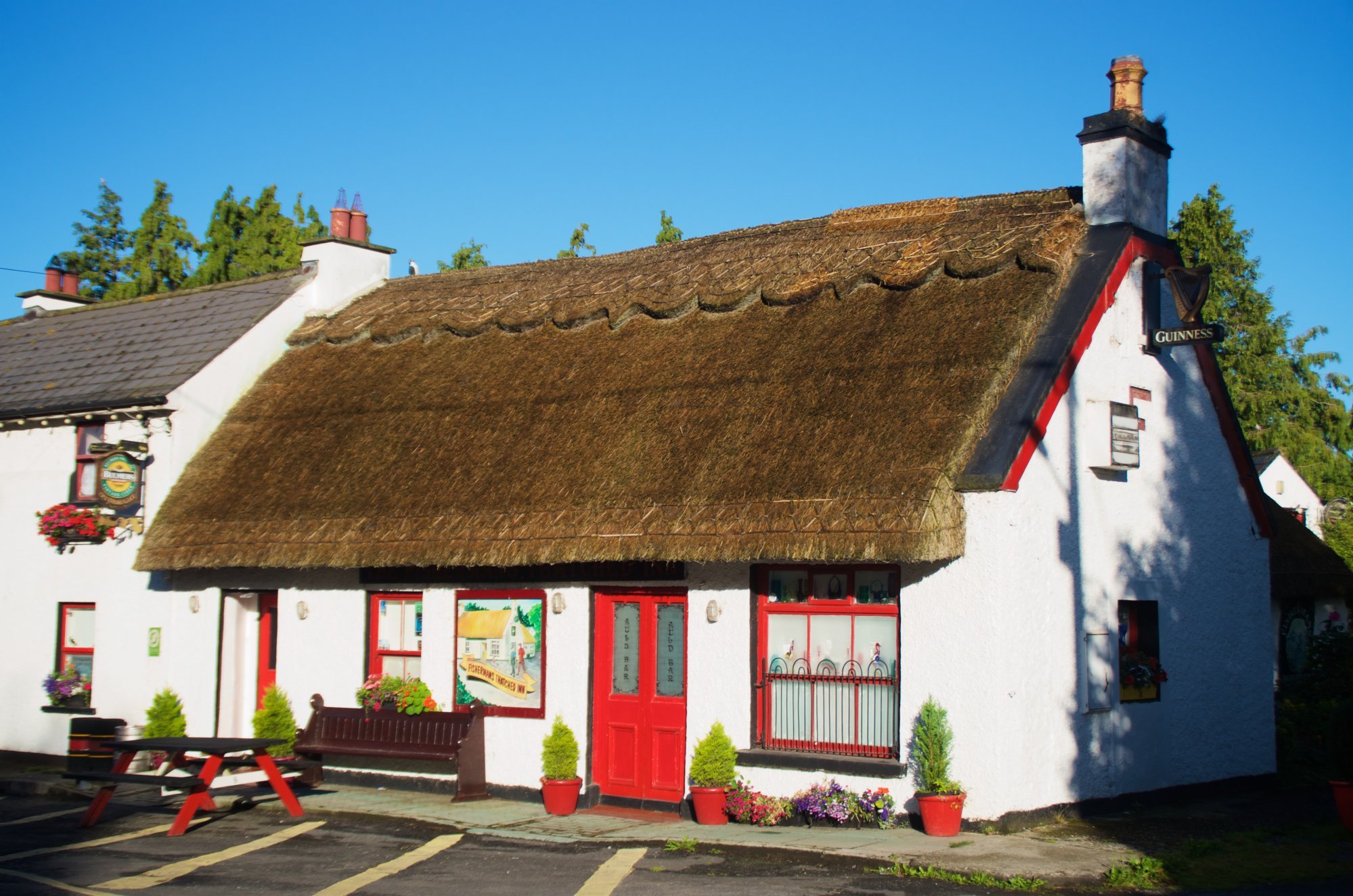
We encounter our first lock the next day, at Monasterevin. Although we’ve been shown the windlasses for operating the sluices, looking like something that was once used to start a car, and the manual contains instructions on how to use them, it also includes the names and phone numbers of the lock keepers in charge of each section of canal.
We first moor, alarmed that we need to squeeze in next to an ordinary pleasure boat that looks comparatively fragile, observed by two canal workers in hi-vis jackets, but somehow pull it off, nosing the pier and swinging in the aft end.
After a stroll around the town to admire the Georgian houses, the monument to English poet Gerard Manley Hopkins (who merely visited but said he liked the place), and doing a little shopping for groceries, we call the lock keeper and return to the boat.
How a Singaporean family connected with nature by glamping in Yosemite
When one of the hi-vis men remarks, “You came in very smooth there this morning,” my heart swells with pride. But no attempt to moor is ever quite so smooth again.
One of the pleasures of a canal cruise is that very little happens in a hurry, except when you have something to do, such as moor, or do a U-turn at a point specially widened for that purpose called a winding hole. Then everything seems to happen too quickly.
But Monasterevin anyway is full of incident. In the lock, the boat’s engine has to be gently gunned to counter the motion caused by the sluices, the waters first pushing the boat back then dragging it forward.
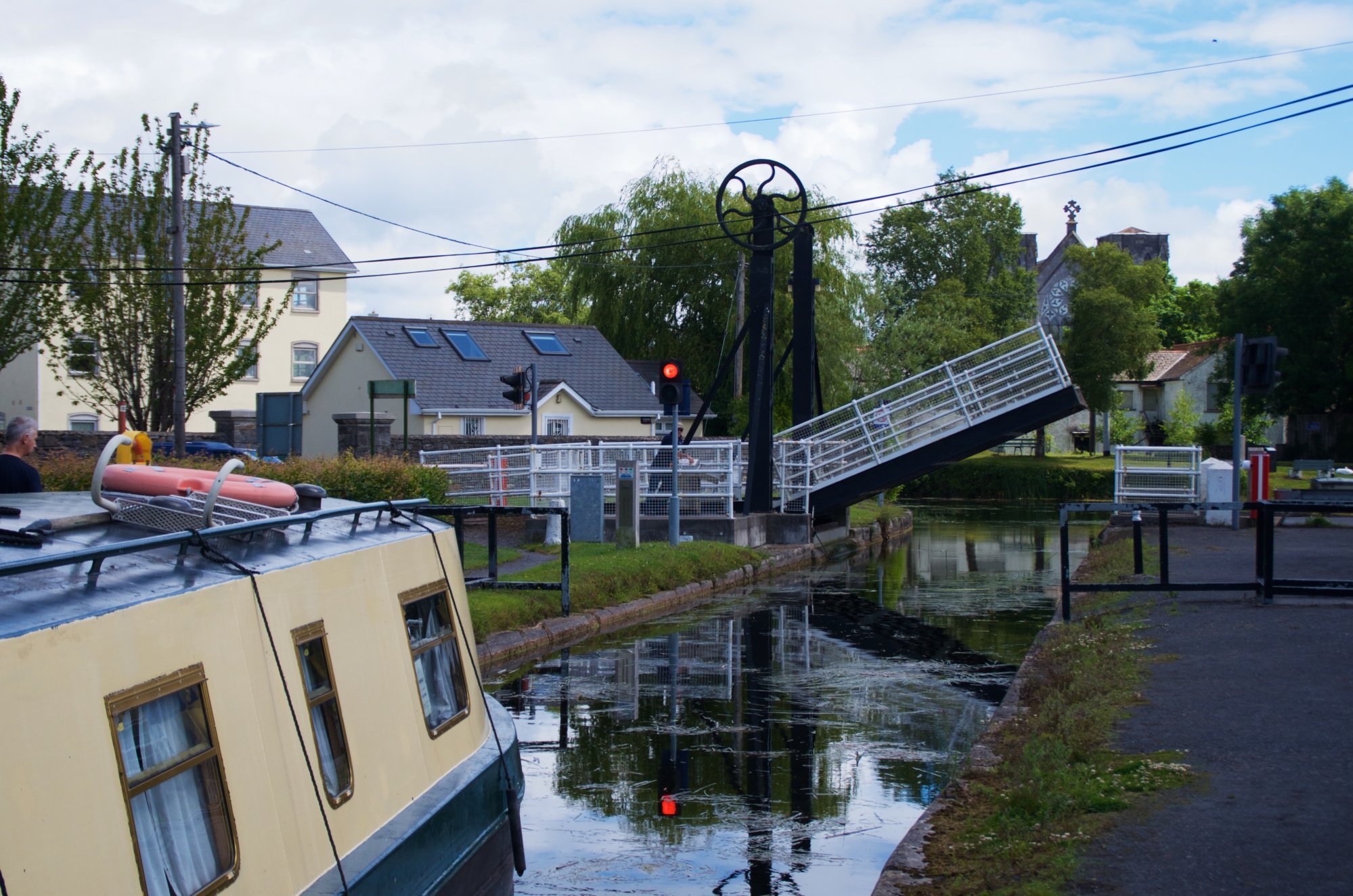
Then straight after the lock there is a midtown sharp bend followed by a lift bridge with its own traffic light, also operated by the lock keeper. We bring the town to a halt so we can chug slowly past, the bridge at an angle suggesting a salute.
At locks far from settlements, we do take the opportunity to get hands-on with the 18th century ourselves.
However, when they are at villages or towns, the sluices are often padlocked to prevent local urchins from filling the locks to make swimming pools – fun but dangerous.
The boat has to be brought gently into the bank to allow one crew member to go ahead and wind up the sluices on an oily ratchet system and fill or empty the lock as necessary so its ancient wooden gates can be pushed open for the boat to enter.
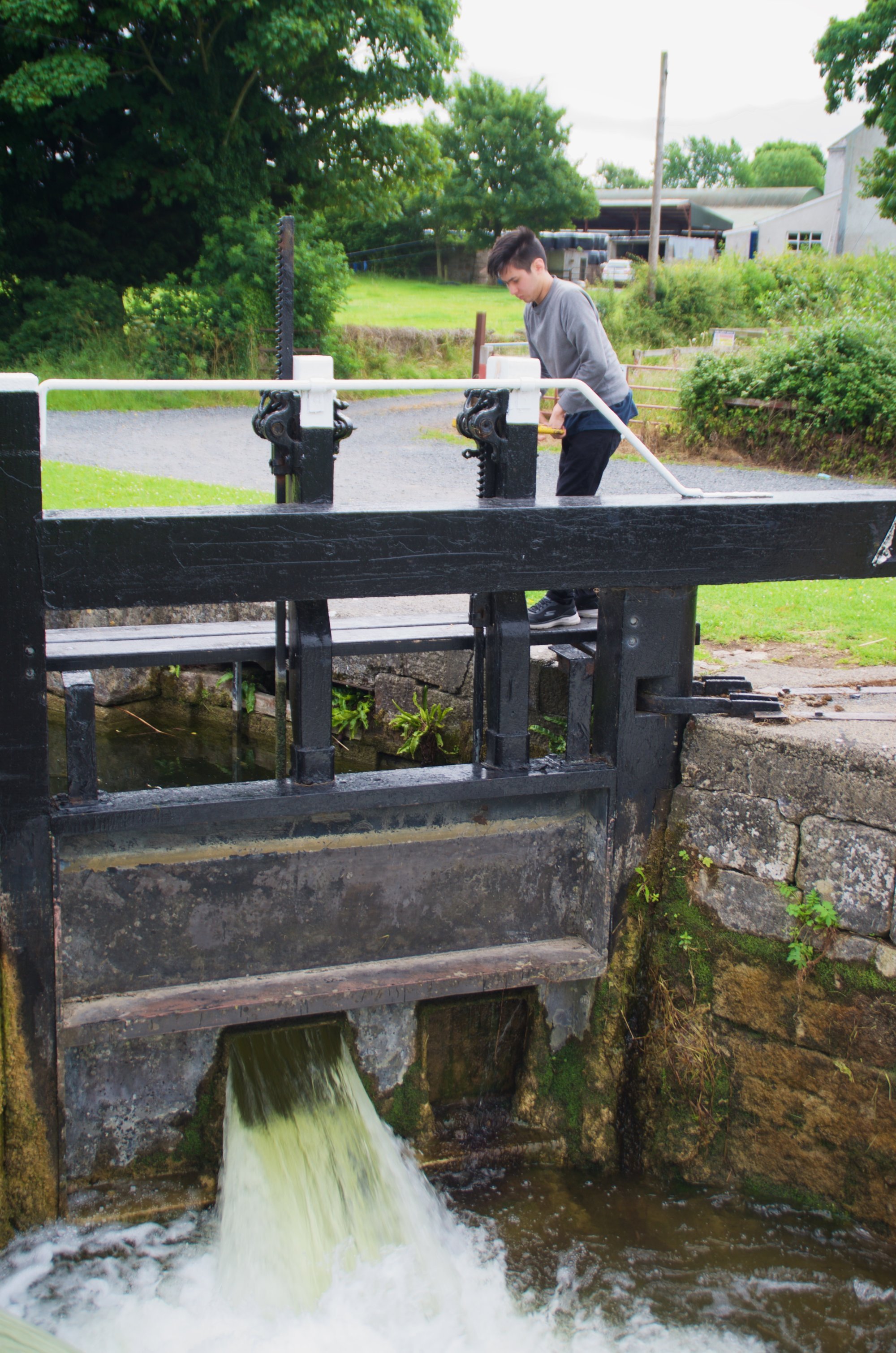
Weighing in some cases more than 3,000kg (6,600lb) these cannot be moved before the water on either side of them is exactly even, and then might still require a heaving reminiscent of a circus strongman.
This showman theme continues with a tightrope walk across the narrow top of the lock gate to open sluices on the opposite side, and with the boat popping rapidly up from deep inside the lock as it fills. Abracadabra!
Mooring is permissible anywhere, but the tendency, without anything that might be called a plan, is to moor at a proper jetty in a tiny town or village, either for lunch or dinner in whatever restaurant can be found – there might be only one.
Most places have dignified mansions that suggest past canal-brought prosperity, as well as a pub or two and the same number of churches.
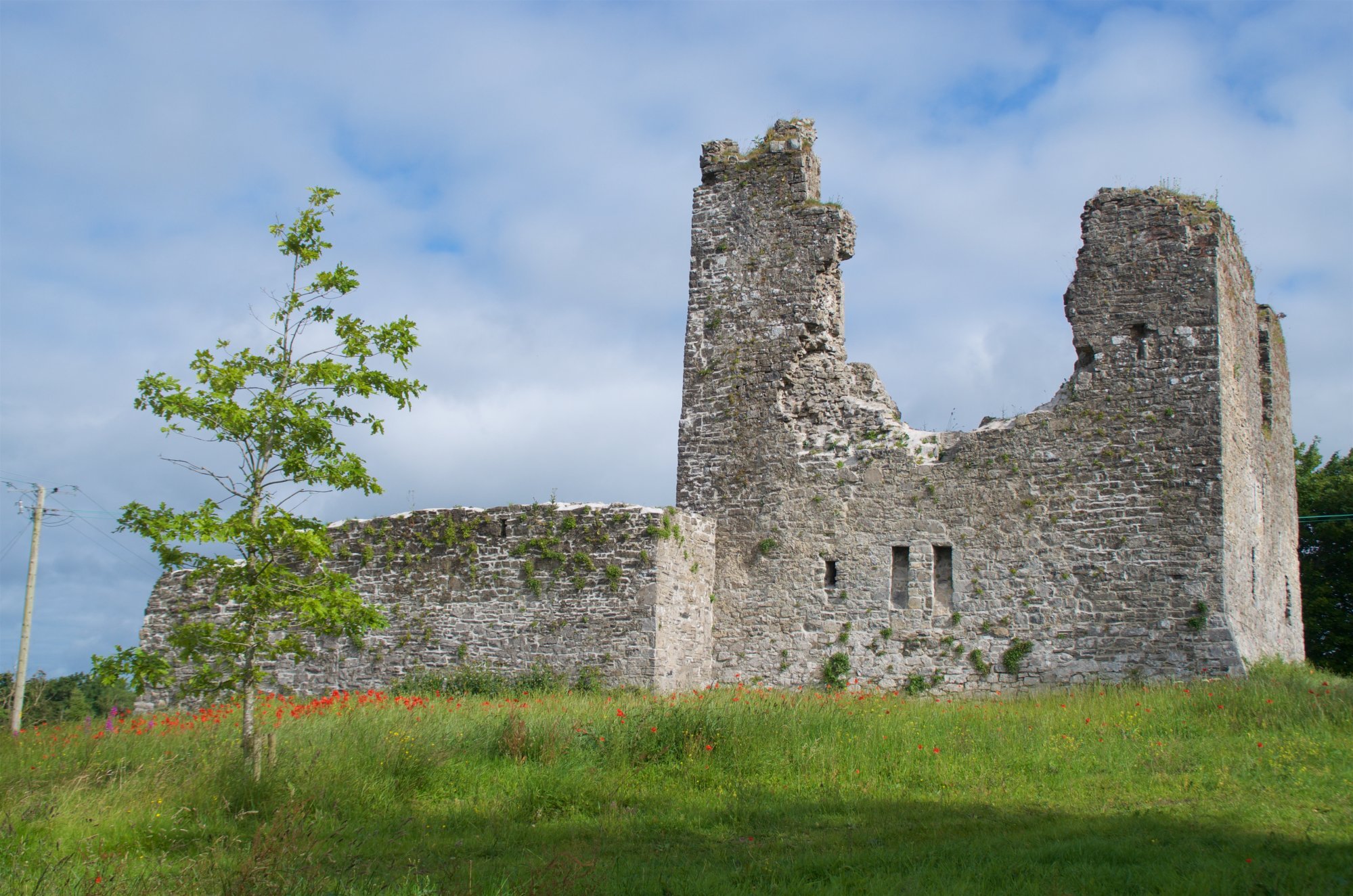
Although we have a gangplank tied to the roof, and the towpaths are often properly surfaced and popular with joggers and cyclists nearer to the towns, the thickness of the vegetation and the shallowness of the canal near the banks make mooring at most locations impractical. But away from the towns, there are always jetties at points where the freshwater tank can be replenished, and at locks, which can be miles from any habitation.
Large grey herons step back to watch us beadily, the wave created by the boat making the rushes and other plants bow as we pass, as if showing respect. Everywhere waterside wildflowers are a fireworks display – spikes of purple, cascades of white, big puffs of pink and dots of yellow.
It sometimes seems as if a voyage is being taken in time as much as in space. Shops in the tiny towns sell sherbet lemons by weight from large jars, and the bill in some backwater restaurant might arrive with After Eight mints. We are stuck in the English 1970s.
‘Barefoot luxury’: 6 new Southeast Asian luxury beach resorts for 2023
Even the Guide to the Grand Canal of Ireland provided was originally published in 1975, and its most recent edition was 1999. As a result there is the occasional unexpected extra bridge carrying a highway still not constructed when the book was last updated. We forgive its concrete charmlessness for providing home to colonies of swallows.
These can sometimes be seen ahead in clouds over waters made choppy by fish vying for meals from the same population of low-flying gnats, or swooping past the boat as if for the sheer pleasure of it.
There’s a saying among serious canal cruisers: if you think you’re going too slowly, you shouldn’t be boating. But the days of leisurely passage through gentle beauty go by too quickly, and we don’t want the trip to end.

